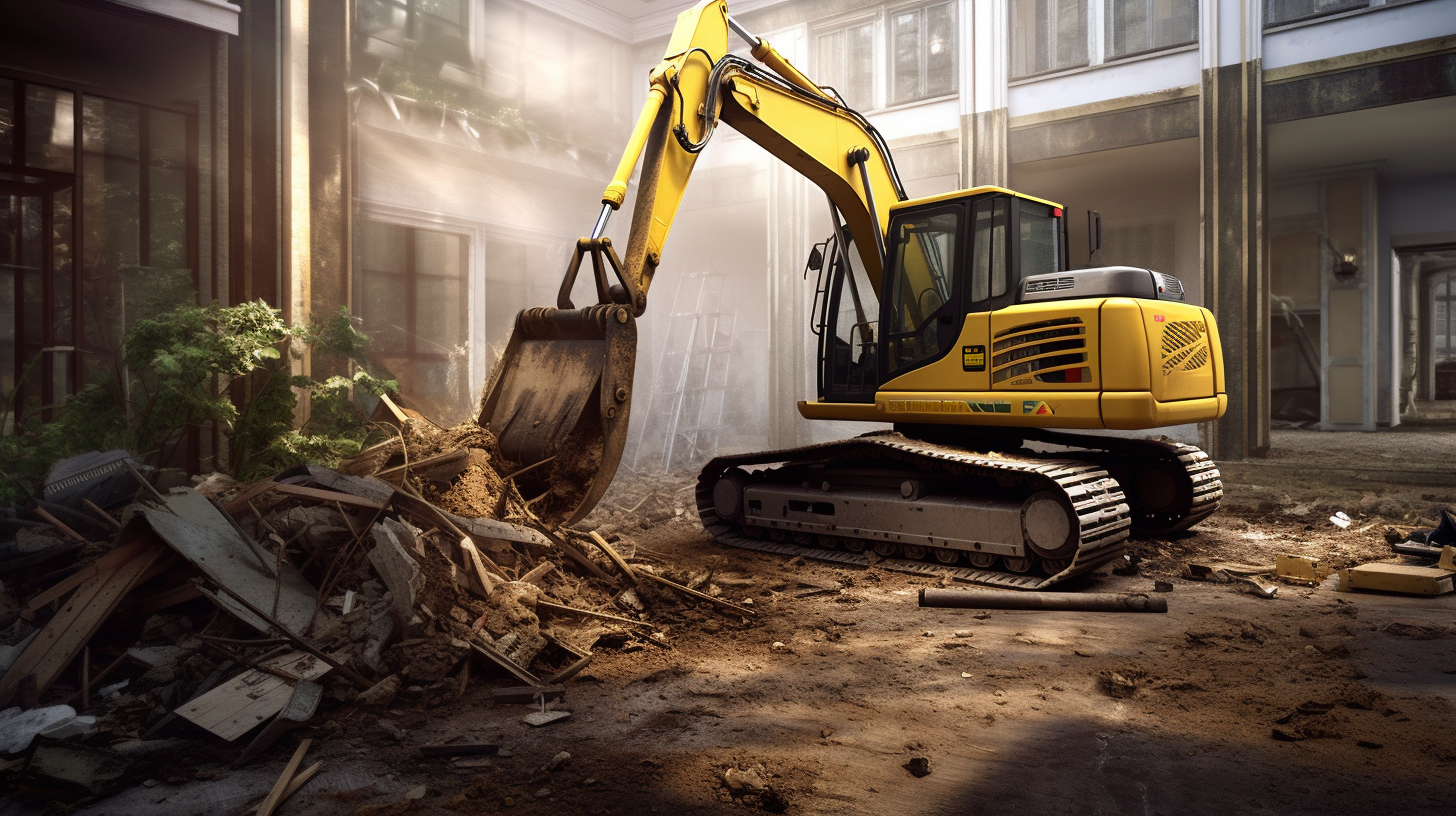
Preparation is the foundation of an effective and efficient debris removal process. Whether clearing a property after a storm, renovation, or routine maintenance, having a plan in place ensures that the debris removal service can operate seamlessly. Proper preparation involves organizing and categorizing debris, identifying hazardous materials, and ensuring the area is safe and accessible. By addressing these elements beforehand, property owners and managers can minimize delays, reduce costs, and maximize the effectiveness of the removal team. A well-prepared site not only accelerates the cleanup process but also ensures that environmental and safety regulations are met, leaving the property restored and functional in record time.
Understanding Your Debris Removal Needs
Assessing the Type of Debris
The first step in planning for debris removal is identifying the types of materials that need to be cleared. Organic waste, such as yard clippings, leaves, and branches, often requires different handling methods than non-organic debris. Construction materials, old furniture, and appliances fall under the non-organic category and may require recycling or special disposal methods. Hazardous waste, including chemicals, paints, and sharp materials, demands careful identification and adherence to safety protocols to ensure proper and compliant disposal.
Determining the Volume of Debris
Understanding the volume of debris is essential for selecting the appropriate removal service. Estimating the amount of waste helps determine whether a standard pickup, a dumpster rental, or a large cleanup crew is required. The size of dumpsters or trucks, if utilized, should be matched to the debris volume to optimize efficiency and minimize costs. Accurate volume assessment prevents logistical issues and ensures smooth operations during the cleanup process.
Evaluating Special Requirements
Certain types of debris present unique challenges that may require specialized handling. Hazardous materials, for instance, often need certified professionals for safe removal and disposal. Similarly, managing heavy or bulky items, such as tree stumps or large furniture, may necessitate specific tools or equipment. Identifying these special requirements early in the planning process ensures that the debris removal service is equipped to handle all aspects of the job effectively.
Preparing Your Property for Debris Removal
Clear Access Points
To ensure a smooth and efficient debris removal process, it is essential to prepare clear access points on your property. Driveways, pathways, and entrances should be free from obstacles, such as parked vehicles or leftover debris, to allow easy entry for service vehicles and cleanup teams. Additionally, identify and mark any areas with restricted access, such as fragile landscaping or underground utilities, to prevent damage during the cleanup process.
Separate and Sort Debris
Organizing debris beforehand significantly improves the efficiency of removal services. Separate materials into categories such as organic waste, recyclables, and general disposables. This helps ensure that each type is handled appropriately and disposed of in compliance with local regulations. Smaller items should be bagged or bundled to facilitate quick collection and transport. Sorting debris in advance saves time and streamlines the process for both property owners and the removal team.
Secure Hazardous Materials
Hazardous materials require special attention to maintain safety during debris removal. Chemicals, sharp objects, and other potentially dangerous waste should be stored securely in marked containers to avoid accidental exposure or injury. Inform the debris removal service provider about any hazardous materials present so they can bring the necessary tools and follow appropriate safety protocols. Properly securing these materials helps protect both the cleanup crew and the environment.
Mark Items Not for Disposal
Avoid accidental removal of items you wish to keep by clearly marking them or moving them to a safe area. This includes valuable possessions, sentimental items, or anything you plan to reuse or repurpose. A clear distinction between debris and non-disposable belongings ensures that nothing important is mistakenly taken away during the cleanup process.
Communicating with the Service Provider
Provide Detailed Information
Effective communication begins with providing the service provider with detailed information about the debris. Clearly describe the types of materials involved, whether they are organic, non-organic, or hazardous. Include an estimate of the volume and specify where the debris is located on the property. If there are unique requirements, such as handling hazardous waste or navigating restricted areas, make sure to inform them in advance. This ensures the team arrives prepared with the right tools and expertise.
Confirm Scheduling and Availability
To avoid any misunderstandings, confirm the scheduled date and time of the debris removal service. Double-check with the provider to ensure their availability aligns with your needs. It’s also important to have someone present on-site, whether it’s you or a designated representative, to guide the team and address any questions during the process. This proactive step helps the removal service operate efficiently and stay on schedule.
Review Terms and Costs
Before the service begins, take time to review the terms and associated costs. Understand the pricing structure, including any potential extra fees for specialized services or unexpected complications. Clarify what tasks are included in the scope of work to prevent surprises. This might include debris sorting, hauling, or additional cleanup. Transparent communication about terms and costs ensures a smooth experience and mutual understanding between you and the service provider.
Ensuring Safety During Debris Removal
Identify Potential Hazards
Safety begins with identifying potential hazards in the cleanup area. Look for unstable structures that may collapse, sharp objects that could cause injuries, or slippery surfaces that pose a risk of falls. Take proactive steps to secure these hazards by cordoning off unsafe zones and informing the debris removal team of any concerns. This preparation reduces the likelihood of accidents and ensures a safer working environment for everyone involved.
Keep Children and Pets Away
During the debris removal process, it is crucial to restrict access to the cleanup site for children and pets. The presence of heavy machinery, sharp debris, or hazardous materials creates a high-risk environment unsuitable for their safety. Designate a secure and comfortable zone for pets and kids away from the work area to avoid accidents and distractions. Clear communication with family members or tenants about these precautions is essential for maintaining order and safety.
Wear Protective Gear if Assisting
If you plan to assist with debris removal, wearing appropriate protective gear is a must. Gloves, sturdy boots, and goggles are basic necessities to shield yourself from sharp objects, heavy materials, or airborne debris. Avoid directly handling hazardous materials unless you have the proper training and equipment. Prioritizing personal safety allows you to contribute effectively while minimizing the risk of injury.
Post-Service Cleanup and Evaluation
Inspect the Area
After the debris removal service is completed, inspect the area thoroughly to ensure the job meets your expectations. Verify that all debris has been removed as agreed upon in the service terms. Pay special attention to any potentially hazardous materials or overlooked spots that may require further action. A careful inspection ensures the property is clean, safe, and ready for use.
Handle Leftover Items
In some cases, there may be items left behind that were not included in the original removal scope. Decide whether to keep, donate, or dispose of these remaining materials based on their condition and utility. For larger amounts of leftover debris, consider scheduling a follow-up service to complete the cleanup. Addressing leftover items promptly prevents clutter from building up again and keeps the property in optimal condition.
Provide Feedback
Providing feedback to the service provider is an important step in the post-service process. Share your experience, noting both positive aspects and any areas for improvement. Highlighting issues or offering suggestions for smoother operations helps the provider refine their services and ensures better outcomes in the future. Constructive feedback fosters a collaborative relationship and improves the overall quality of debris removal services.
FAQs
Contact Bull City Crawlspace Today!
Bull City Crawlspace will do everything we can to ensure your experience with us is excellent.
Request A FREE Estimate
Request a Free Estimate Form
Checkout Recent Post
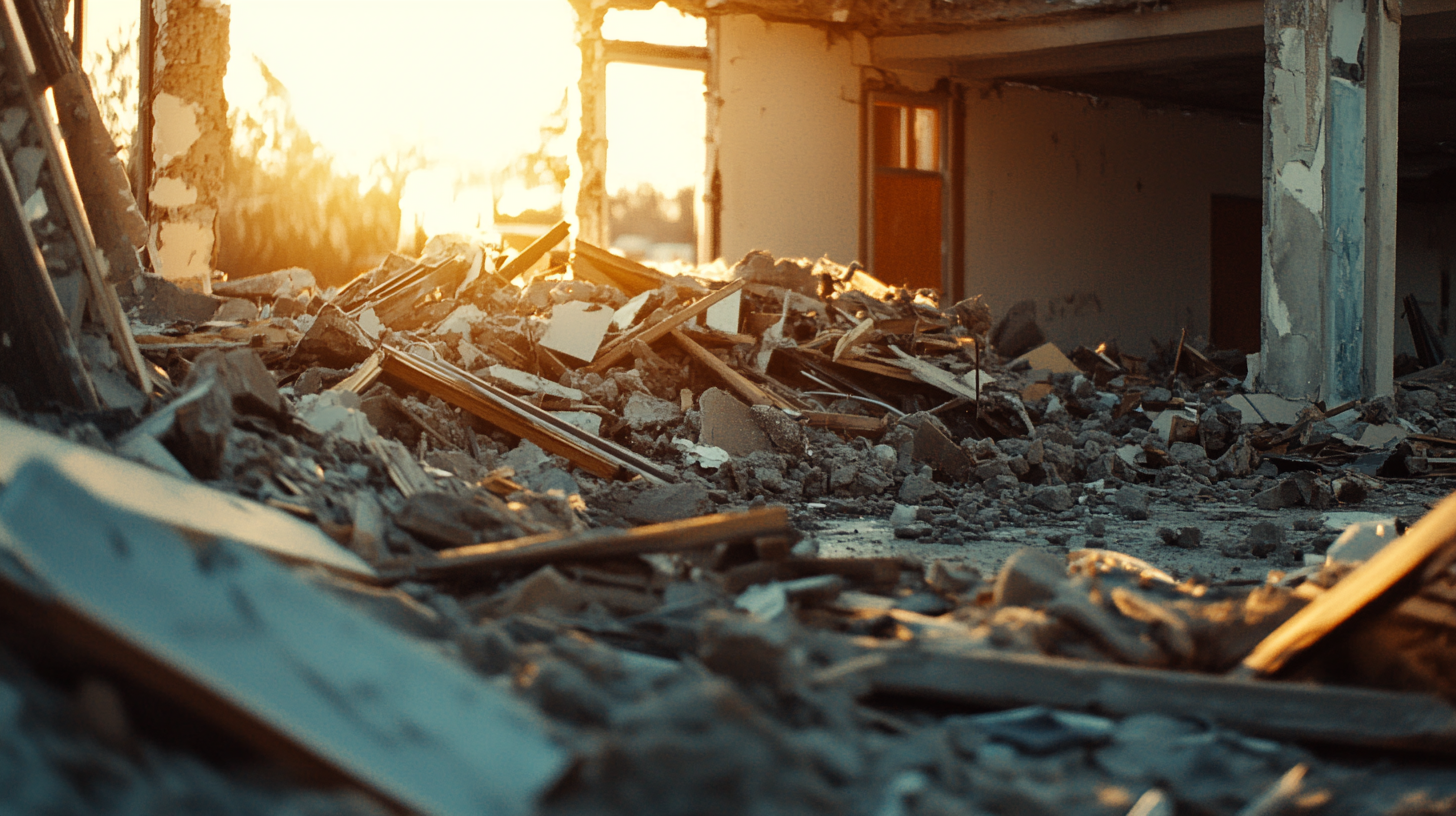
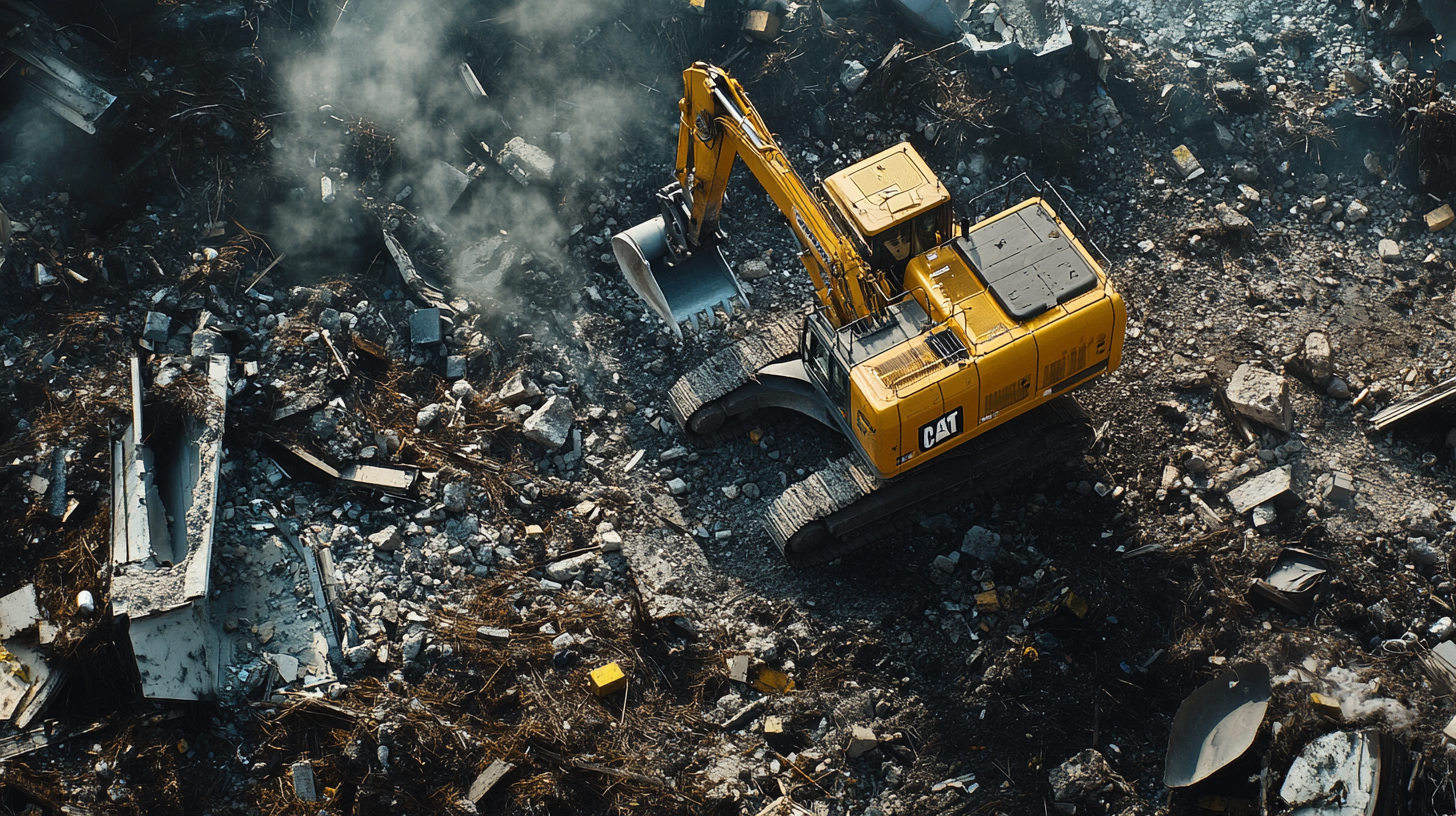
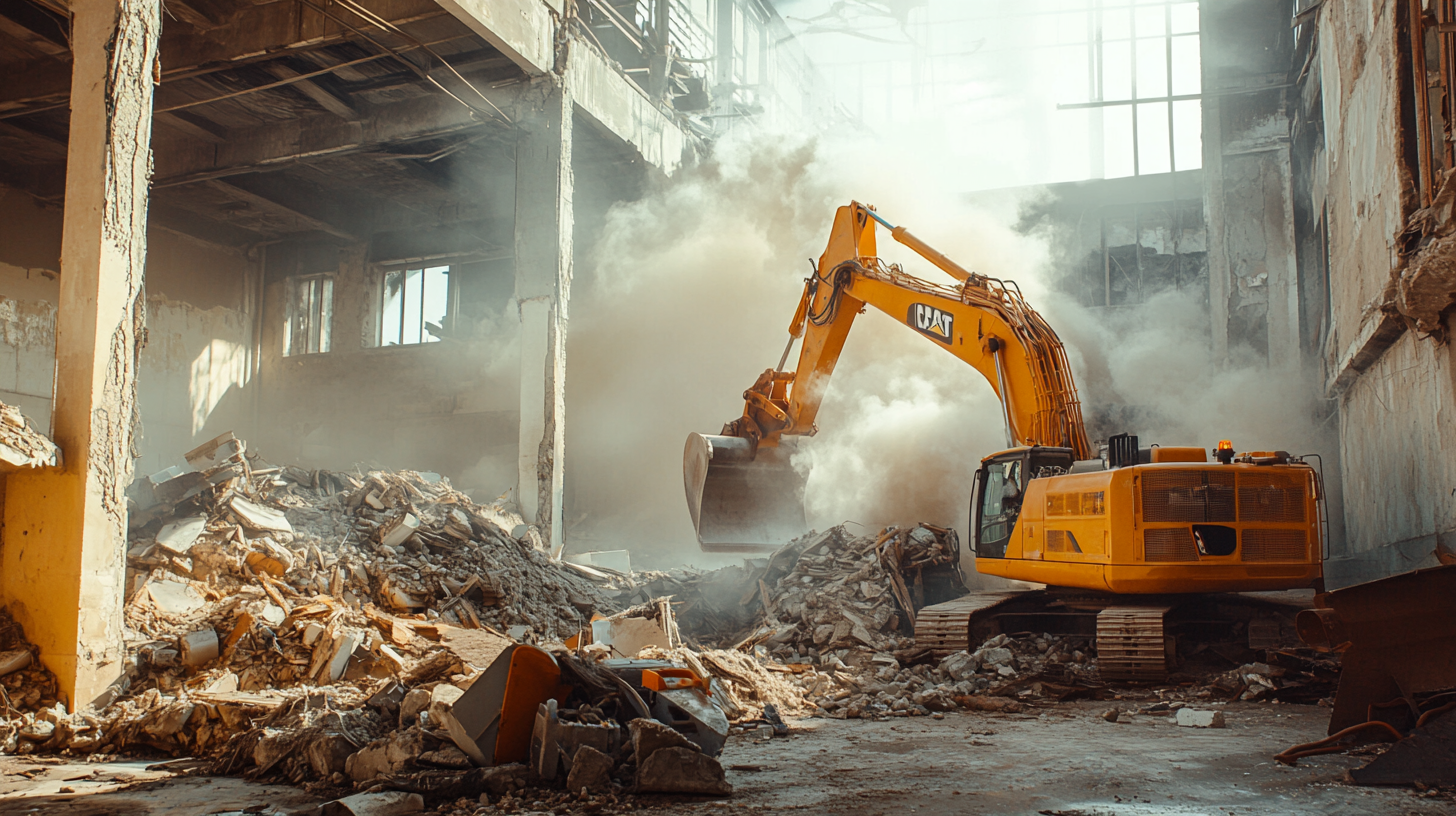
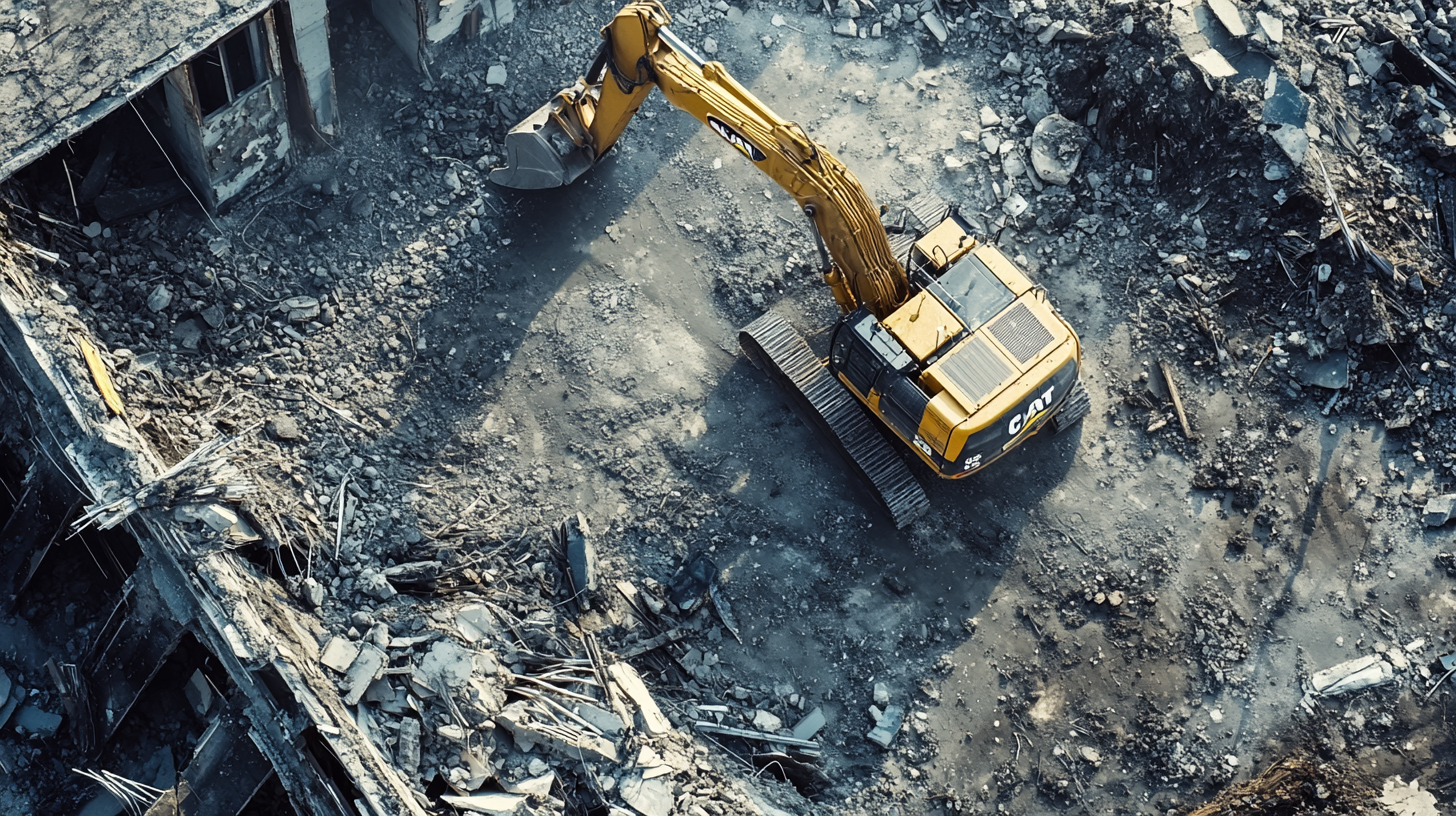
Got a Question? We’re Here to Help.
You can arrange an appointment or make an enquiry by phone or email, orget in touch to us via our contact form.

